Concrete driveways are a popular choice for many homeowners due to their durability and low maintenance requirements. However, over time, even the most well-maintained concrete driveway can experience cracks, holes, and other forms of damage. If left untreated, these issues can worsen and compromise the structural integrity of your driveway. In this blog post, we will explore five essential steps for effective concrete driveway repair.
Step 1: Assess the Damage
The first step in repairing your concrete driveway is to assess the extent of the damage. Look for cracks, holes, and other forms of damage that may need repair. Take note of the size and location of each area of damage as this will help you determine the appropriate repair method.
Step 2: Prepare the Surface
Before you can begin repairing your driveway, you need to ensure that the surface is clean and free of debris. Use a pressure washer to remove any dirt, grime, and loose concrete. If there are any stubborn stains, you can use a concrete cleaner to help remove them.
Step 3: Fill the Cracks and Holes
Once the surface is clean and dry, you can begin filling the cracks and holes. For small cracks and holes, you can use a concrete patching compound. For larger cracks, you may need to use a concrete resurfacer. Apply the product according to the manufacturer’s instructions and allow it to dry completely.
Step 4: Apply a Sealant
After the concrete patching compound or resurfacer has dried, you should apply a sealant to protect the surface from further damage. A concrete sealer will help prevent water from seeping into the concrete and causing further cracks and damage.
Step 5: Regular Maintenance for Concrete Driveway Repair
Regular maintenance is key to ensuring that your repaired concrete driveway stays in good condition. This includes regularly cleaning the surface, fixing any new cracks or holes as soon as they appear, and reapplying the sealant as needed.
FAQs:
Q: How long will the repair last?
A: The lifespan of a concrete driveway repair will depend on several factors, including the severity of the damage and the quality of the repair work. With proper maintenance, a repair can last for several years.
Q: Can I repair the driveway myself?
A: Yes, you can repair your concrete driveway yourself if you have the necessary tools and experience. However, for more extensive damage, it is recommended that you hire a professional contractor.
Q: How much does it cost to repair a concrete driveway?
A: The cost of repairing a concrete driveway will depend on the extent of the damage and the repair method used. Small repairs can cost as little as $50, while more extensive repairs can cost upwards of $1,000.
Conclusion
Repairing a concrete driveway is a straightforward process that can help restore its functionality and appearance. By following these five essential steps, you can repair your driveway and prevent further damage from occurring. Remember to regularly maintain your driveway to ensure it remains in good condition for years to come. If you have any doubts or concerns about repairing your driveway, don’t hesitate to consult with a professional contractor.


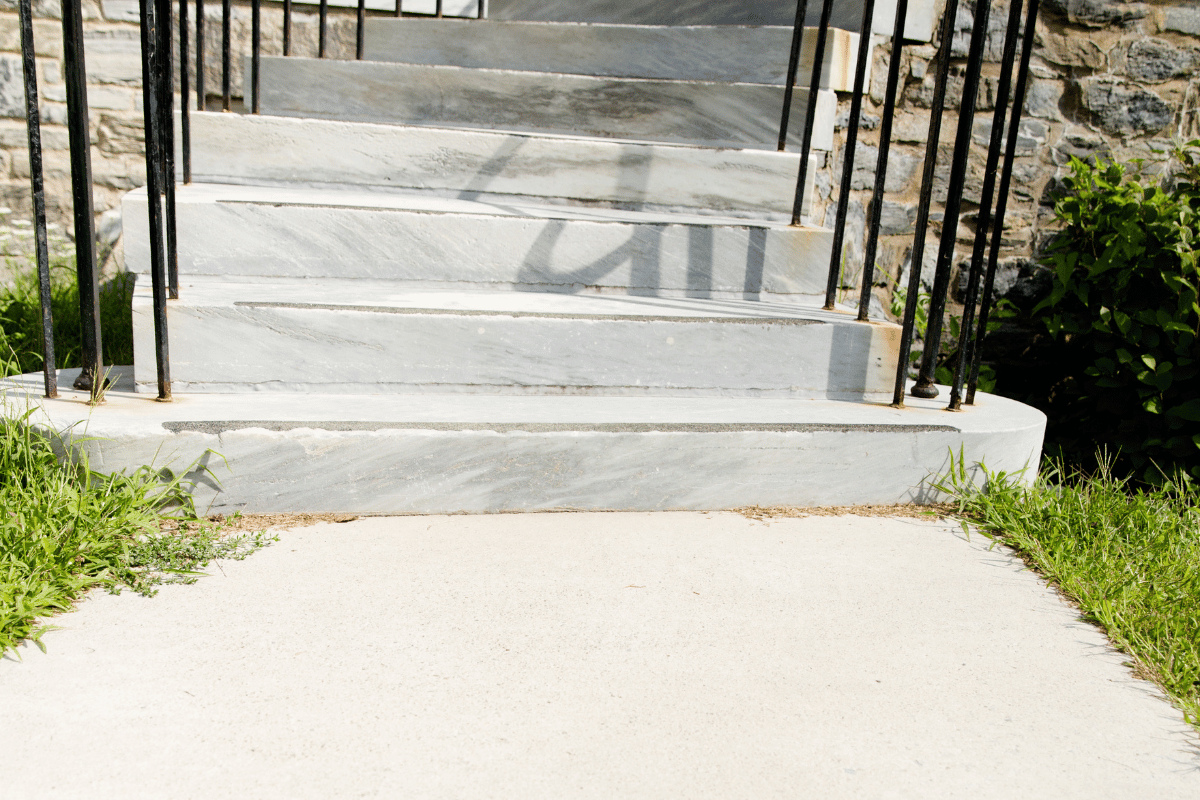


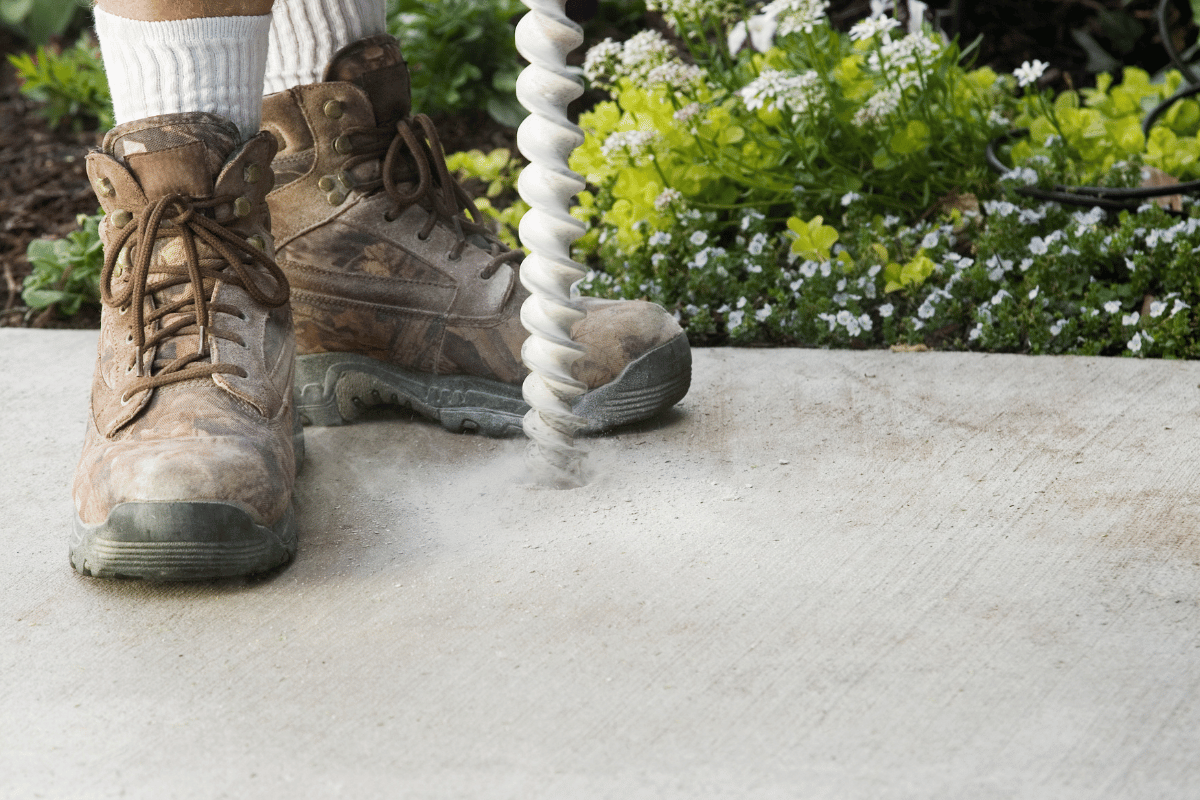
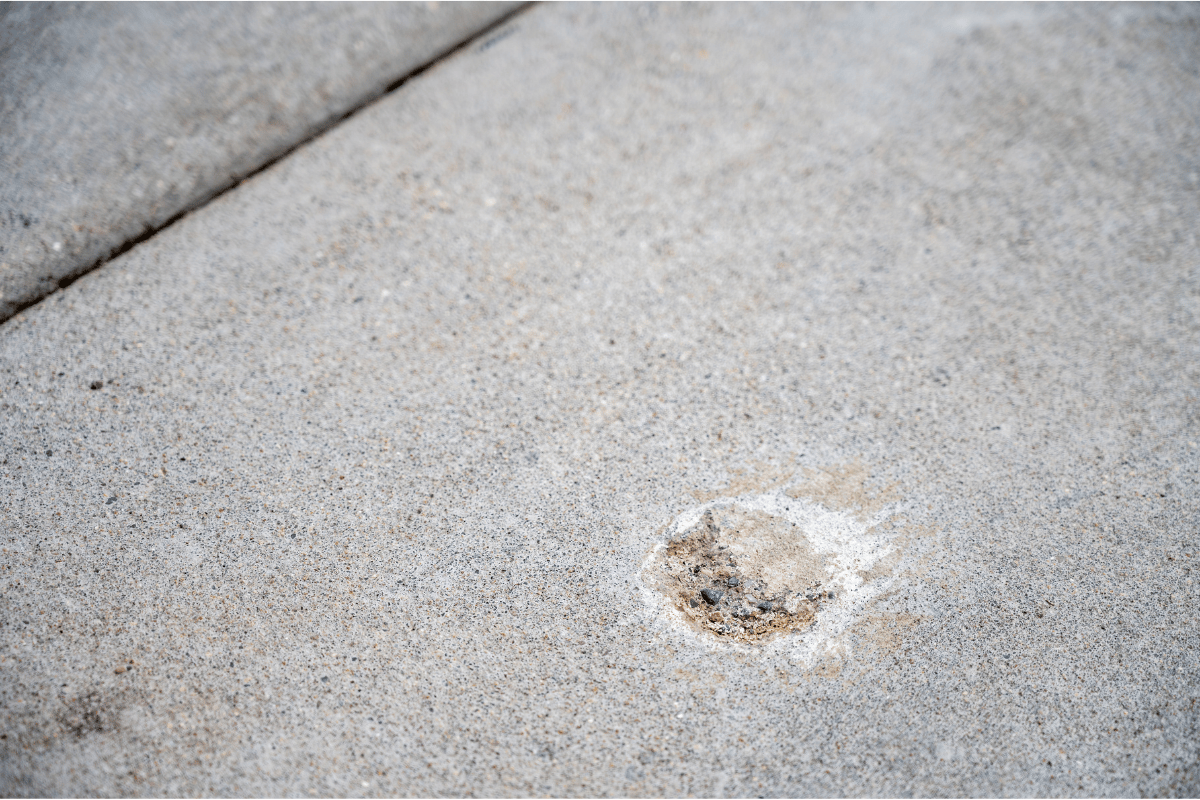


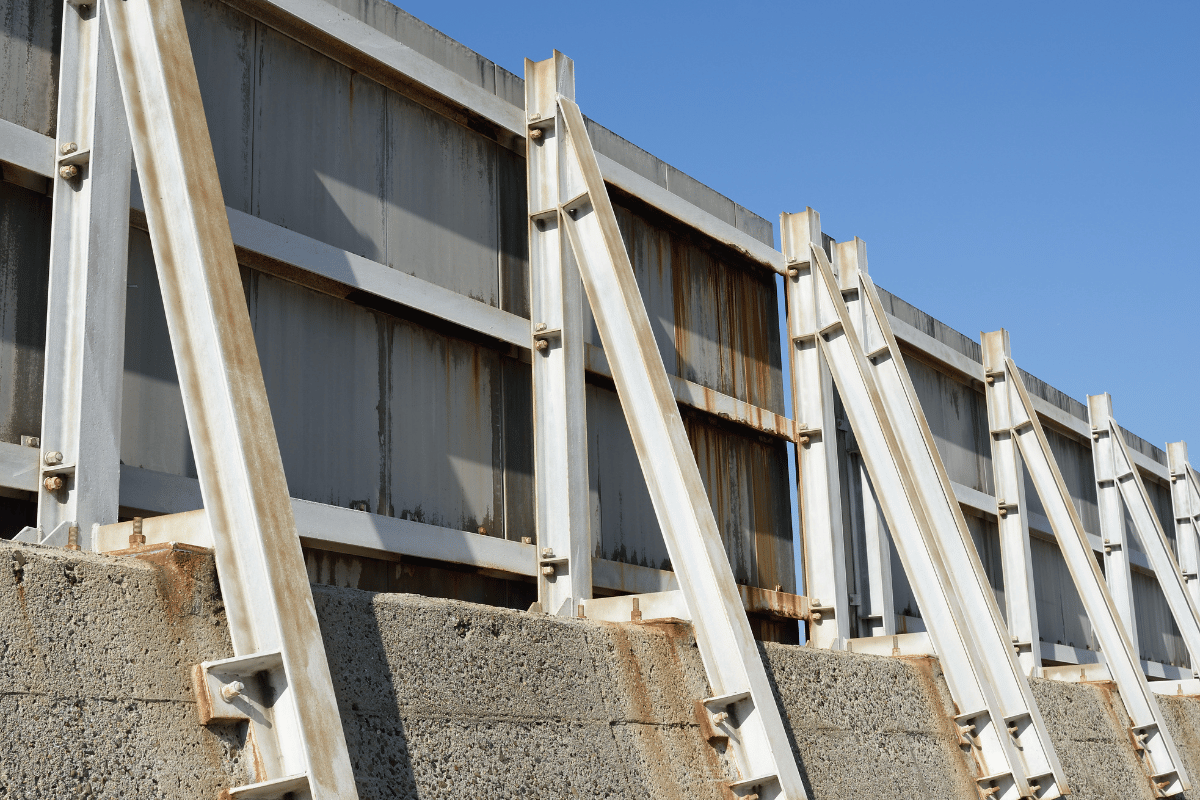
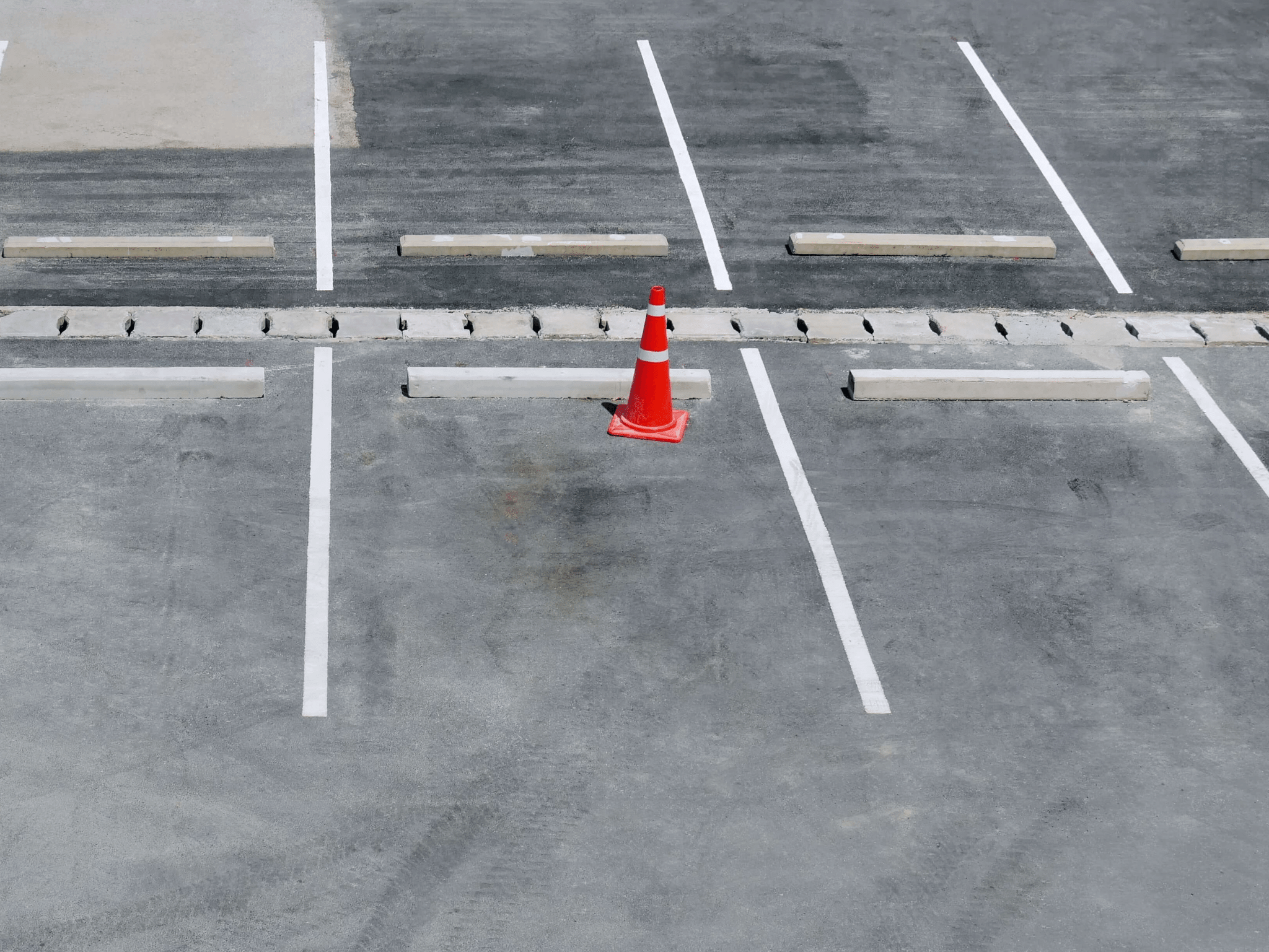
Recent Comments